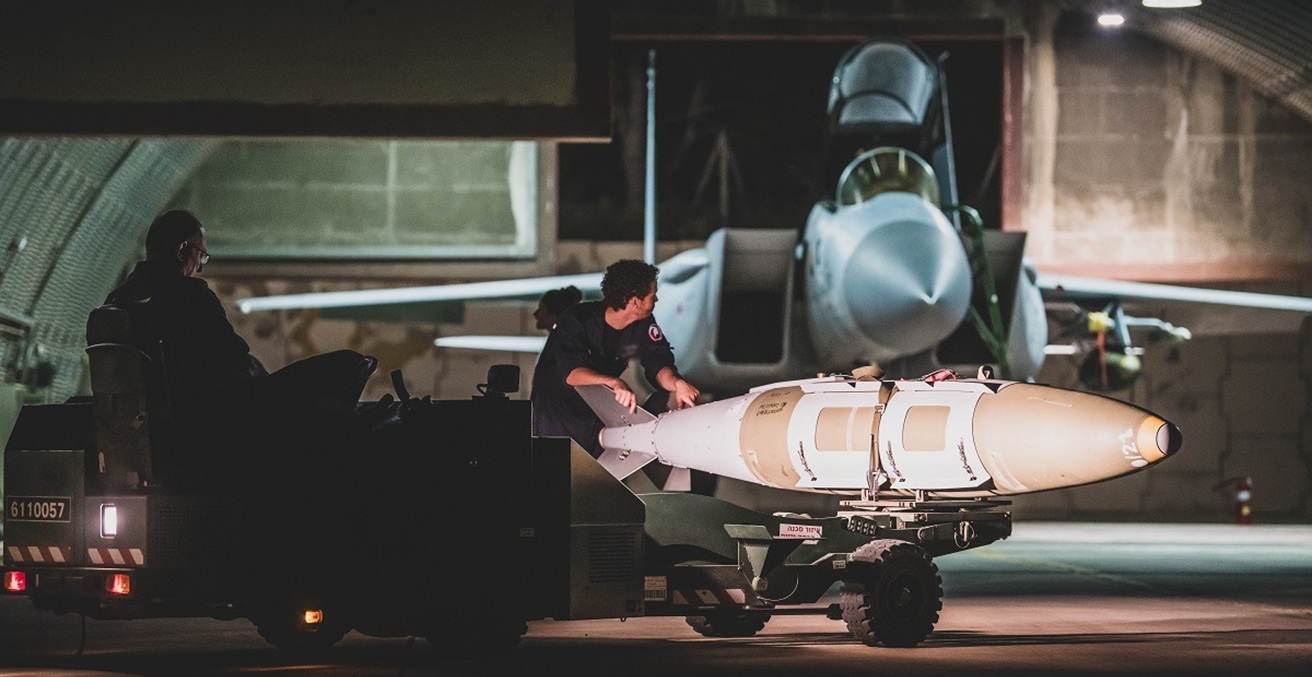AIIA Presidential Associate Ian Dudgeon recently completed rounds of talks in Iran and Australia with senior officials from Iran and the Arab states on threat perceptions, regional relationships and security issues within the region. The following is an extract from his report Iran Regional Threats and Shiite Sunni Challenges published 10 December 2015.
Iran currently views the Islamic State (IS) as the major threat to Iran and the Middle East generally. Iran readily acknowledged Islamic State’s strengths: the commitment of its leadership to a militant extremist ideology and that generally it was well-led, well-organised, well-financed and well-armed. It had also proven its transnational capability to effectively exploit opportunities to expand its control and influence, particularly where local governments were highly unpopular, weak or had collapsed.
Strategically, and importantly, the IS had escalated its extremist ideology and actions to an assault on moderate Islam, especially Sunni moderates, and to waging a bitter and ruthless “religious war” against the Shiite. IS tactics included the uninhibited use of terrorism and more conventional military force wherever practical to achieve its goals. Syria, Iraq, Afghanistan and Pakistan were cited as amongst the regional counties where this was evident. IS outreach was also evident in Asia, Africa and Europe.
Iran fully recognised that not every extremist or fundamentalist, Sunni or other, is IS. However, an Iranian frustration was the difficulty of determining which organisations were and were not members of IS or constituted a like threat. There were many separate organisations in the mix that had a similar profile, often operated in ways akin to elements of the IS, or coordinated some of their activities with those of the IS. In many cases the ranks of these were swollen by out-of-region jihadists, including some from Australia, most of whom had no past affiliation with the IS or like organisations but who had been radicalised and were committed to their vision of the jihadist cause. This was a problem, particularly in Syria and Iraq.
Iran saw itself as a high priority target of the IS: it was host to the largest Shiite population of any state (some 90 percent of Iran’s 80 million population are Shiite) and was the centre of Shiite theology.
According to the Iranians, the IS targeted Iran in two ways. Firstly, it sought to weaken the state from within by penetrating and radicalising its minority Sunni population (about 9 percent of Iran’s population was Sunni, most of whom lived in Eastern Iran. Iran was also host to some one million Afghan refugees, mostly Sunni, most of whom were living amongst the local population in the towns and villages in eastern Iran, not in refugee camps). Secondly, the IS was using its power in neighbouring states to squeeze Iran and weaken its influence amongst its neighbours.
On the first method of targeting, the Iranians said that the IS had not succeeded in securing any firm ideological foothold amongst its Sunni population. However, the threat remained very real and was subject to close and constant monitoring.
On the second, many Iranians believed that politically influential nationals in Saudi Arabia and some other Gulf states (Qatar, the UAE and Bahrain were variously mentioned) were indirectly, and in some cases directly, supporting or influencing the actions of the IS and similar groups to target Iranian interests. While most supporters were assessed as acting independently, there was speculation about some acting as proxies on behalf of elements of their governments.
The Iranians also cited the US and Turkey as supporting or having supported the IS but, in the case of the US, indirectly and presumably unintentionally. Both countries had provided weapons and other material support to opponents of President Assad but the US had done so without checking the credentials of all recipients. Many recipients were reportedly IS or like extremists. Turkish support went further. Turkey had opened its border and enabled unrestricted access into Syria by any opponents of President Assad. IS was quick to exploit this situation and passage through Turkey became the major IS infiltration and supply route to both Syria and Iraq. The Turks were well aware of this.
On countering IS, the Iranians believe dthat militarily targeting their strongholds and logistic supply lines was important but that ultimately the solution was political.
Religion was an indivisible part of this solution and cooperation between major stakeholders would only be possible where the religious environment was dominated by moderates, whatever their religion or sect.
The Iranians also deemed that it was essential that stakeholders knew who they were negotiating with. In Syria and Iraq especially, it was essential to differentiate between local “opposition” groups motivated by domestic issues from those exploiting the local situation to further the broader goals of the IS and other extremists.
Iran: Regional Threats and Shiite-Sunni Challenges by Ian Dudgeon is available in the AIIA Media Library and can be read in full by downloading it here. The report also examines the regional involvement of Saudi Arabia and the Arab States, Syria, Turkey, Iraq, Afghanistan, Israel and Australia.




